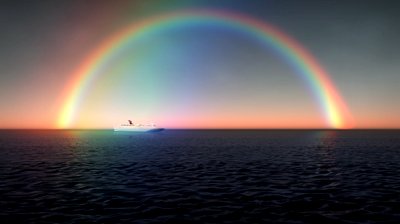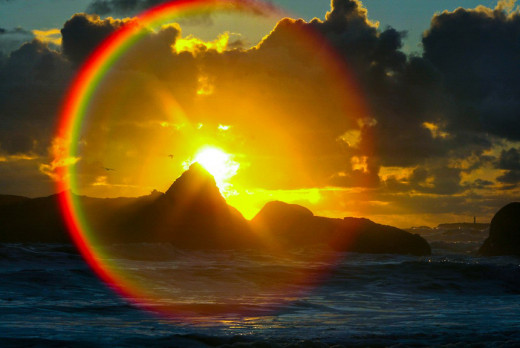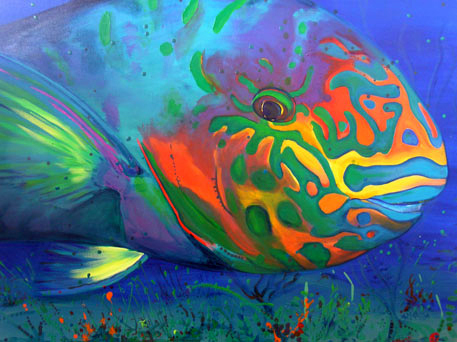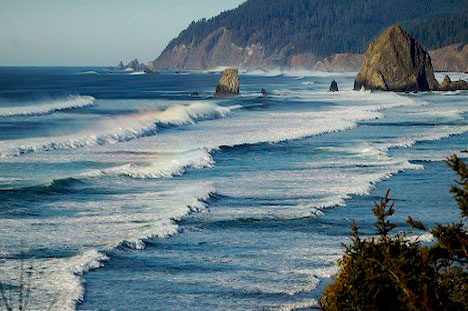The Pacific Ocean Speaks

There are many things we take for granted: our food sources, TV, internet and even our loved ones. One of those things that we never even think about is the Pacific Ocean. It is the biggest ocean we have and it is in danger. No, it is not going to dry up, but the health of the ocean depicts the health of our earth. Unfortunately, the prognosis is not good. Luckily, the best way to improve anything is through education. So, to bring people closer to the ocean I have compiled a list of things about our Pacific Ocean that we didn’t learn in school.
The largest mountain range is located in the ocean. It spans across the Pacific, Atlantic and the Indian Oceans.
The ocean floors were being discovered years after our first landing on the moon. It wasn’t until 1973 that we sent the first craft to the untouched ocean. The crew was French-American and their craft, Archimede, only allowed for a 9,000 foot deep exploration.
The popular children’s show “SpongeBob Squarepants” takes place in a pineapple under the Pacific Ocean.
Scientists have taken the time to measure the Ocean. It is a staggering 63.8 million square miles, which means that it is bigger than all of Earth’s land space combined. It is also nearly five times the diameter of the moon. However, due to plate tectonics on the earth, the Pacific Ocean is shrinking by roughly an inch per year on three sides, which is an average of 0.2 square miles a year. The Atlantic Ocean is increasing by the same rate.

Light, or photons, cannot penetrate more than 330 feet below the water’s surface so most of the animals deep within the ocean live in complete darkness.
The Ocean’s current name was given to it by the famous explorer Ferdinand Magellan. He was traveling on the Spanish expedition in 1521, and his trip was pleasant. Because of this he called the Ocean Mar Pacifico, which in Portuguese means “peaceful Sea”.
Most, about 75% of all volcanoes are located in the Pacific Ocean bottom. There is a point in the bottom of the ocean that the volcanoes form a circle and scientists have dubbed it “the ring of fire”. However, the volcanoes are not the most awesome things going on in the ocean basin. A lot of earthquakes originate in that area due to the excess volcanic activity. Tsunamis are a result of the increased tectonic activity in the area.
Scientists say that 94% of life on earth is aquatic.

The Pacific Ocean is so big and deep that explorers and scientists have not been able to discover everything within. In fact, we have only been able to explore only about 5 to 7%, which means we have a better understanding of Mars than we do of the Pacific Ocean. Most experts agree that there are thousands of undiscovered life at the bottom of the ocean, but our technology is not great enough to allow us to visit the floors yet. The Mariana trench, located at the bottom of the Pacific is the deepest spot on earth, at about 36,000 feet, and the pressure is so intense that it would destroy any device we send to the bottom within a short time. The deepest point would have pressure so great that it would be the equivalent of one person holding up 50 jumbo jets. There are currently at least 30 demolished exploration crafts at the bottom of trenches half as deep in unsuccessful attempts to map the mysterious trench.
The Pacific Ocean is home to more than 25,000 different Islands.
The innocent Ocean tides are caused by the rotation of the earth. The Moon and Sun contribute as well with their gravitational pull. As a result, we get the amazing waves that can calm or create havoc, depending on the day.









